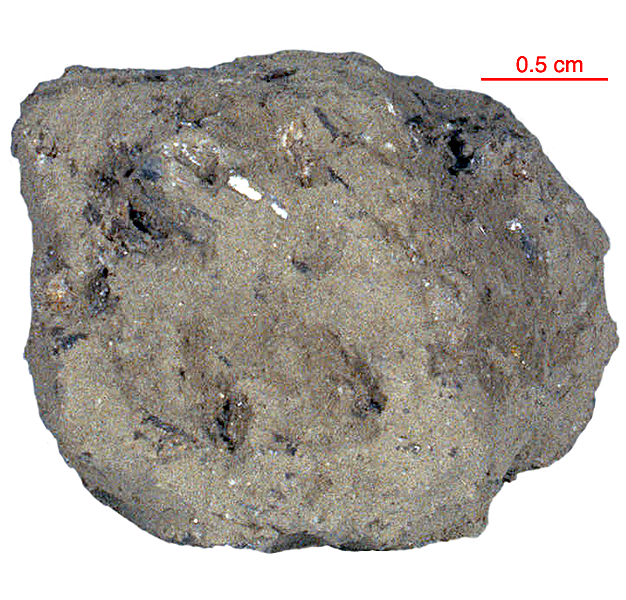
Fact sheet
15388 was collected as part of a rake sample. It is a coarse-grained, mare basalt with an apparent abundance of plagioclase feldspar and long pyroxene crystals. It appears to be significantly different from the majority of the Apollo 15 basalts and consequently may be unique. Accessories include cristobalite (small crystal adjacent to opaque mineral in rotation 1), ilmenite, troilite and metallic iron.
The sample weighed 9 grams before analysis. It has not been dated.
Further details of this and other Apollo samples are here: http://curator.jsc.nasa.gov/lunar/
The Apollo 15 landing site was in the Apennine Highlands, and close to Hadley Rille — a long, narrow winding valley. Approximately 76 kg of lunar material, including soil, rock, core-tube and deep-core samples, were returned to Earth.
This mission was the first flight of the Lunar Roving Vehicle which allowed the astronauts to venture further from the Lunar Module than in previous missions. During three periods of extravehicular activity, or EVA, on July 31st, and August 1st and 2nd, Scott and Irwin completed a record 18 hours, 37 minutes of exploration, travelling 17.5 miles, in the first car that humans had ever driven on the Moon.
Apollo 15 was launched on 26 July 1971.






